Food Preservation
An essential technology for any starfaring civilization
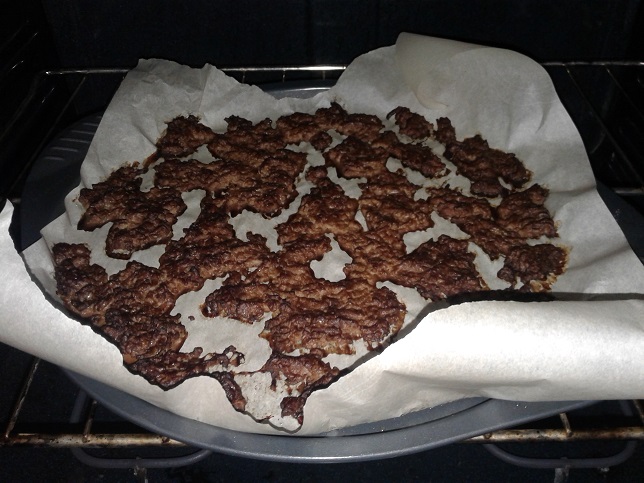
Dehydrating Bison by Diane Morrison
Drying
By far, the most widespread and universally successful method of preserving food has been dehydration. People have discovered, through a broad range of experimentation, that removing most of the water from foodstuff can make it last for months, years, or sometimes indefinitely. Some of these technologies are so ancient, and so universal, that it is impossible to tell who invented them, and when (such as dried and pulverized grains, like flour or cornmeal, and dried herbs and spices.) But drying can also be extended to fruits, vegetables and meats. Food can be dried in a low-heat oven, or under infrared light, like the strong light of a red sun, as well. Drying is an essential part of the process in the creation of jerky and other preserved meat products, such as the elvish Shalysirae and the orcish Gnàva Llóth and Gnàva Llóth Mnópap, as well as Hardtack and its orcish variant, Châff Mnópap.Sun-Drying
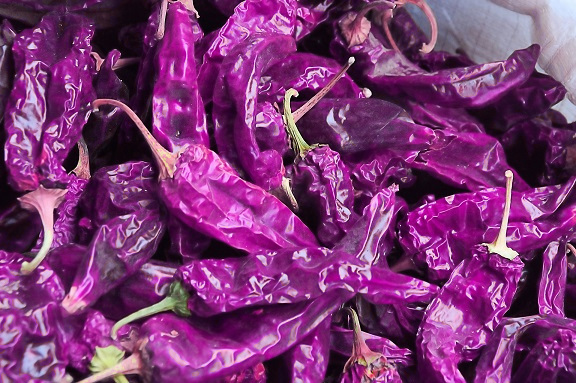
Dried Purple Peppers by Marina Shemesh (Diane Morrison)
Smoking
Cultures in darker or dryer climates may have more success with smoking meat. A source of medium heat (usually a small fire or charcoal) is kept burning underneath the meat one is hoping to preserve, usually in an enclosed space, exposing it to heat and smoke until it dries out. This method of preservation has also been used on various herbs such as tobacco, nuts, and also poultry and fish. Different types of wood may impart different flavours to the preserved food, and much of this has been written about extensively. Wet wood burns longer and produces more smoke to flavour and preserve than dry wood does. Sometimes sauces or spices are added to help preservation and flavour. Warming spices and vinegars or alcohols are usually key ingredients. This method works better in dark or wet climates than sun drying, and is a favourite of dwarves and orcs. Dwarves often divert the heat and smoke of their forges for this purpose, and they claim that different ores also impart different flavours (meat and herbs smoked with gold, for example, tastes different from those smoked with iron.) Orcs make more use of the traditional wood smoking methods, and they usually use hot spices in the process, with may inhibit bacteria growth.Forced-Air Dehydration
In some cases, such as the redirection of forge heat, or several gnomish contraptions, food can be dried by forcing hot air to blow directly on the food while it is dehydrating. This method of drying is becoming more popular as the technology to create the necessary fans has become more commonly available. It is essential for the preservation of many staple foods for starfarers, including rice and peas.Freeze Drying
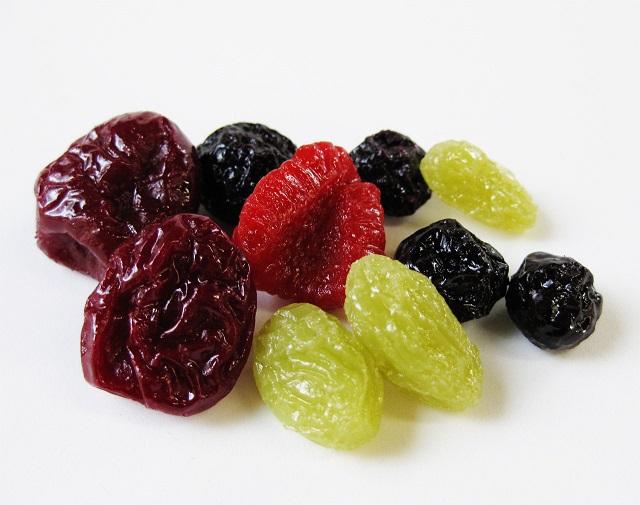
Dried Fruit by Yamada Taro
Salting
Several methods of food preservation involve, or can involve, the use of salt to aid in the dehydration process and the inhibition of bacteria and fungi growth. However, some foods are simply packed in salts to dehydrate and preserve them -- usually meat, poultry and fish, but also vegetables with flavours that work well with salt, such as runner beans and cabbage. If sulfides are added, the meat also maintains a reddish colour.Brining
Closely related to salting is brining, in which the food to be preserved is saturated in a salt-and-water solution. This method is commonly used with fish and salt-cured meats, such as ham or bacon.Pickling
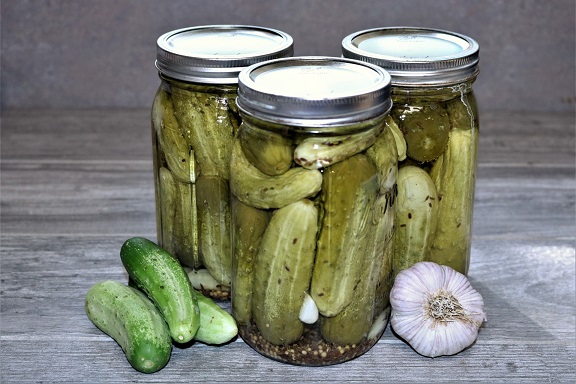
Three Jars of Home Made Pickles by Sheila Brown
Preserves
Other than pickling, a recent game-changer in food preservation technology is the development of canned preserves. Blanched vegetables, cooked meats, salted fish, pickles, highly sugared fruits or fruit sauces can be sealed in sterilized glass jars, and then sealed with a screw-top band on the mouth of the jar, and a wax or rubber seal on its lid. This preserves the food for months or even years. However, the elves have been quick to discover that this method significantly reduces the nutritional value of the preserved food, depleting it of most of its nutrients. Still, to extend the amount of available food, it's incredibly useful. Gnomes and Goblins both claim credit for the invention of this fantastic new technology.Candying

by Lsalvay
Uses and Manufacturing
Utility
Food preservation technology has self-evident advantages to any starfarer. Long voyages through the empty void of space often require that a ship bring its own food and water, and the longer one can make that food last, the healthier the crew will be and the farther, or longer, they can travel.
However, this has much broader implications for spacefaring civilizations. Enterprising merchants load barges without spindizzies full of fresh food, strap it down, and take the barges into the Void via tugboats or other small craft, to be freeze dried. They then haul these barges full of freeze dried provisions to various outposts, asteroids, and moons, where they can be purchased for relatively little expense.
Manufacturing
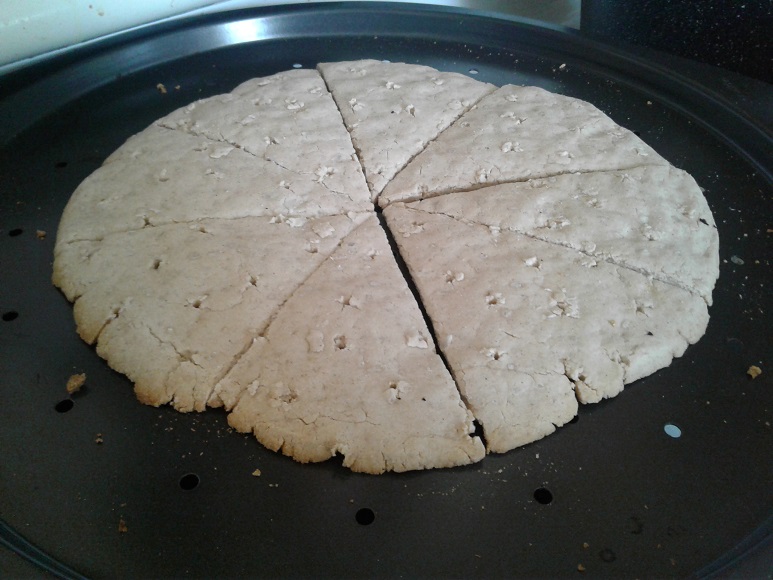
Hard Tack with Sorghum Flour by Diane Morrison
Don't forget that you can click on the blue compass on the left to access the Table of Contents at any time!

Want to read all of the Toy Soldier Saga fiction, even before the rest of the world does?Subscribe now!
Children Technologies
Access & Availability
Food preservation is a readily available technology. Most cultures have developed at least some form of food preservation technology, although which kinds are available vary with climate and diet. Freeze drying by Void exposure is common to every starfaring culture.
Complexity
Sun-drying is a simple, readily-available technology for those who live in suitable climates. Likewise, active starfaring cultures almost accidentally discover freeze drying in the process of their voyages. Spacers will eat almost anything and they hate wasting food.
Forced air drying was accidentally discovered by dwarves as a side effect of the way they structure their dwellings, but generally took some time to develop for other cultures, who would have had to construct fans to imitate the effects of hot winds.
Smoking is also a technology that is almost accidentally developed by most cultures early in their history, although flavouring recipes are usually the result of careful experimentation. Smoking requires a low-heat fire, an enclosed area, and salt, vinegar, or warming spices, or a combination thereof.
Methods that use salt and other ingredients take the most time and experimentation to develop, but by now, most of the cultures that make it into space have their own recipes that they swear by.
Candying is a fairly ancient technology of the elves, but is newer to many other cultures. Sugar or honey is required, plus a cooking pot. Simple syrup recipes also require water.
The canned preserves are the most recent technological development in this area, and the most complex. Glass jars with screw-top, sealable lids are necessary, along with a pot to heat, sterilize, and seal the jars. Rubber is more effective, less permeable, and lasts longer than wax for this purpose. Vinegar, sugar, or a variety of warming and preserving spices may also be required.
Discovery
The problem of food preservation has plagued sentient races for millennia, especially in the past several hundred years of space travel. As a result, the technology to make foods last longer has been invented independently by almost every sentient species.
Related Items
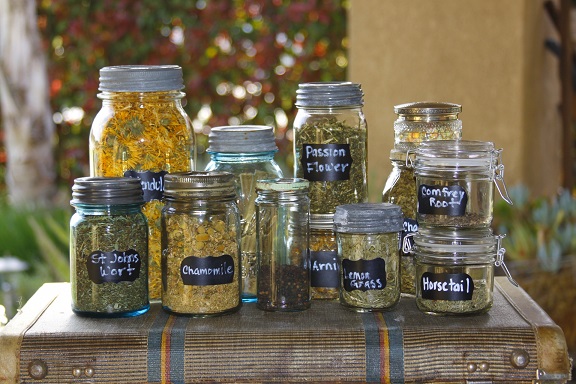



Comments
Author's Notes
A few notes about the development of food preservation technology: Much of my information about what happens under a red sun, and what happens with freeze drying in space, is extrapolated from various experiments that have been conducted by NASA and others. We have indeed extensively tested drying food with infrared heat, which is the primary radiation of red stars, whether red dwarves or otherwise. We have also sent just about everything into space to see what would happen. I even watched a video where some guy with a drone on YouTube sent a cake into the far reaches of the atmosphere and then ate it when it came back down. In our world, the Incas invented freeze drying with the production of Chuño, which is exactly as described: freeze dried potato matter. Industrial freeze drying was invented by Richard Altmann in 1890, but received little attention until the 1930s, and started seeing widespread use in the 1940s. My credits to the Balorian orcs and starfarers in general in this world are because I believe that when it's steam-engine time, you steam-engine, and if the conditions, need, and technological foundations are similar, then other cultures will come up with the same inventions (as proven by the multiple times writing was invented in our world.) Also in our world, Mason jars (which of course are the screw-top and sealed jars I'm describing) were invented by John Landis Mason in 1858. This puts it pretty close to the Napoleonic Wars (1803 to 1815), which is the inspiration for the technological/industrial base (and much of the politics) I'm using for this setting. It's a bit of a stretch, but with gnomes and goblins being such innovative cultures, I figured it wasn't an unreasonable stretch, and the need is perhaps even greater for my starfarers than it was for the sailors of the Age of Sail, who at least could usually find fish if they were hungry.